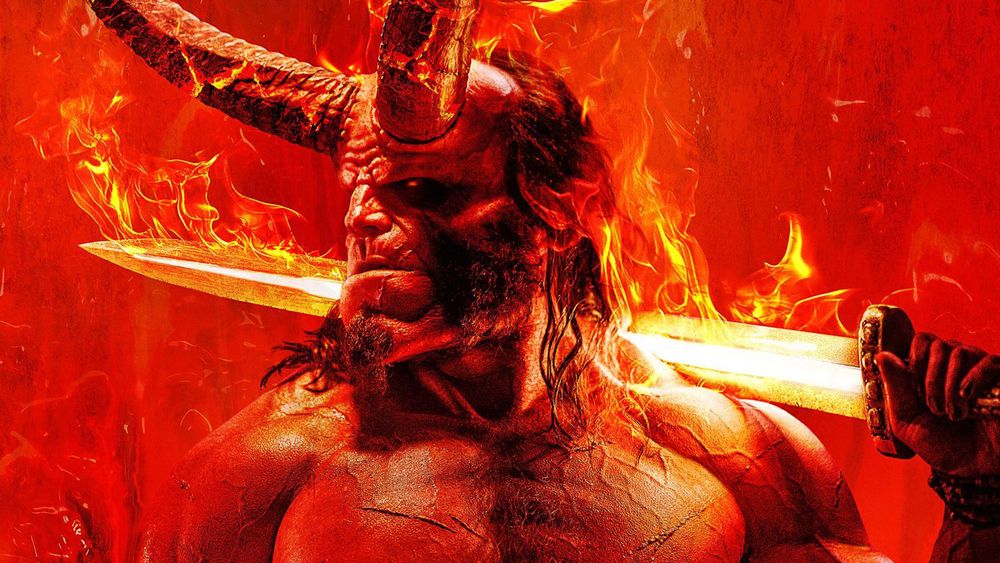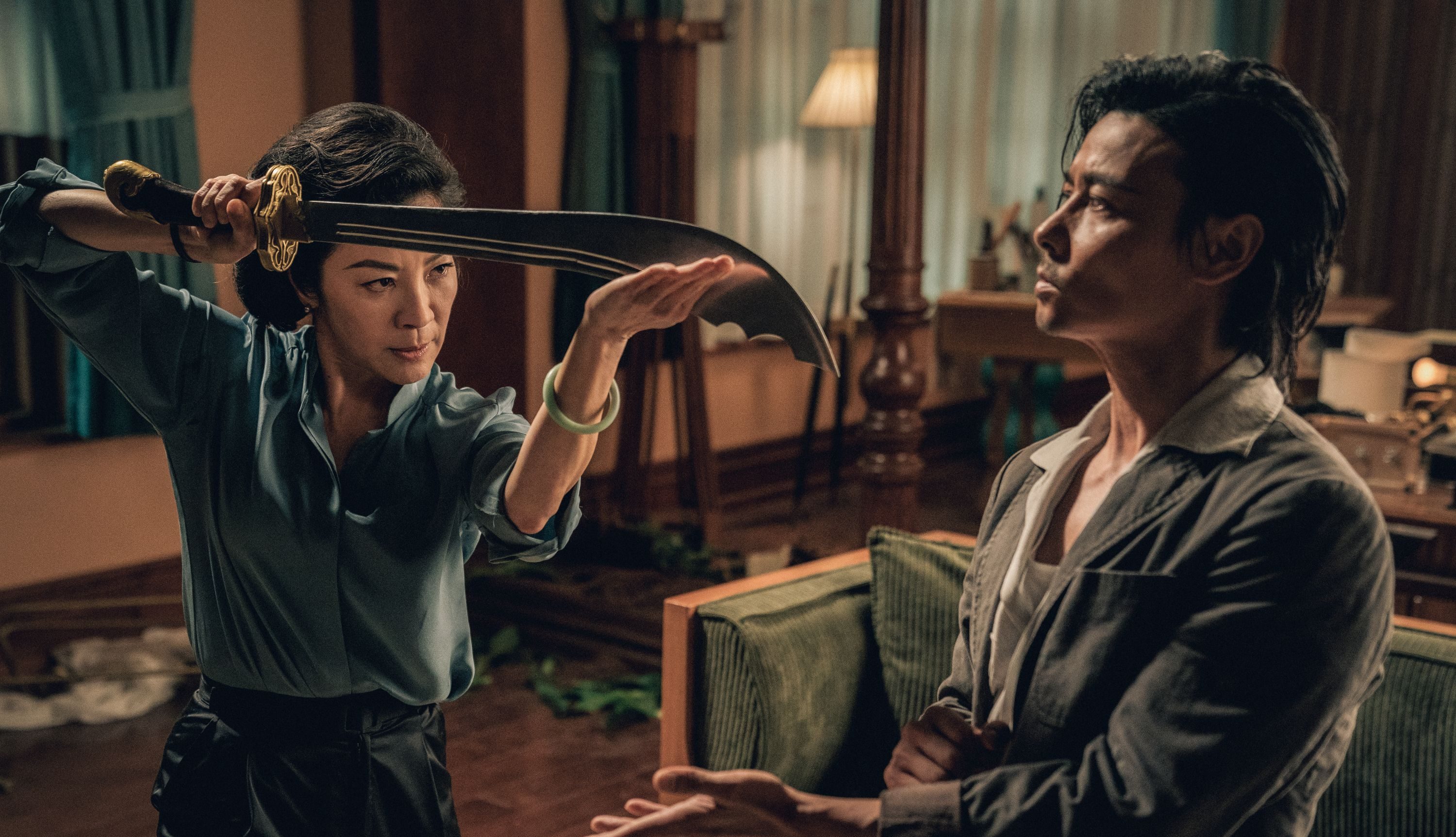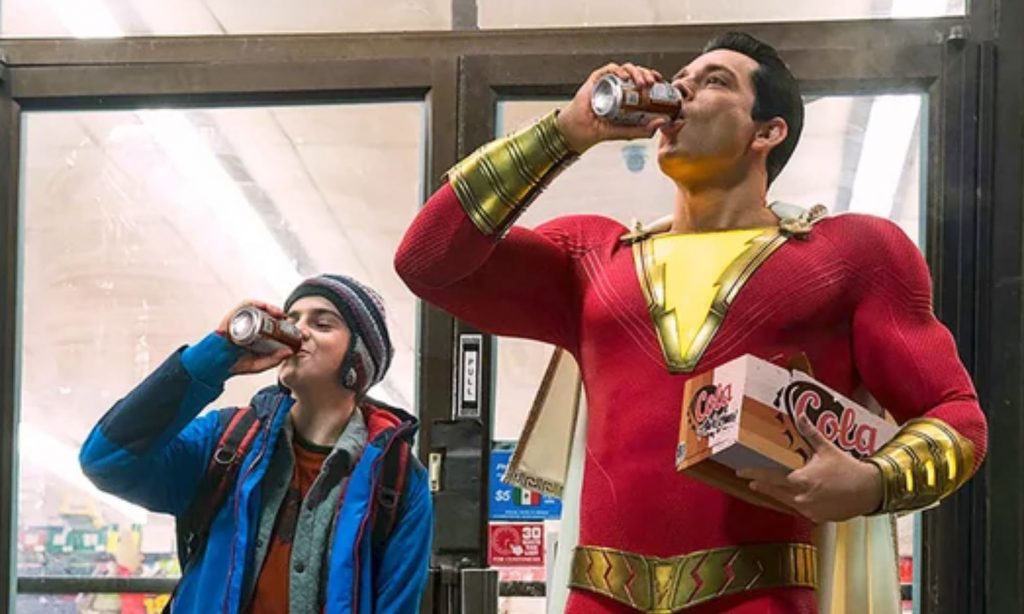Hellboy
by Hope Madden
It has been 15 years since Guillermo del Toro and Ron Perlman first brought Mike Mignola’s cat loving, iron fisted, soft hearted son of Satan to the big screen. You’ve got to feel for any filmmaker tasked with following in del Toro’s steps, especially when the film in question is a monster movie brimming with innocence and wonder. That is really his wheelhouse.
But Neil Marshall is no slouch. His first film out the gate back in 2002, Dog Soldiers, offered a wickedly funny war movie with werewolves. This gem he followed in 2005 with what may be contemporary horror’s scariest monster movie, The Descent.
Since then? Nothing to write home about. But that means he’s due for a comeback, eh? And Hellboy’s ready for a reboot. Right?
No to both.
The first difference you’ll note, maybe 15 words into the film with the first of many f-bombs, is that Neil Marshall’s Hellboy is rated R.
It’s also a horror movie, make no mistake. Hellboy is lousy with limb severing, blood gushing, intestine spilling action.
Also, it’s just lousy.
Hellboy (Stranger Things’s David Harbour, who does an admirable job) struggles against a prophesy and a lifetime in the shadows to decide his destiny for himself. Milla Jovovich is a witch. There is a boar monster, a scrappy teen medium, a were-cheetah and some seriously sketchy CGI.
Yikes, this movie looks bad.
There are those who will complain about Marshall’s gleeful gorefest, but not me. Demons ripping the flesh from the faces of innocents? Others may be hiding their eyes from the carnage, but what they’re mercifully missing is digital animation on par with Disney’s The Haunted Mansion (the 2003 film or the amusement park ride, take your pick).
Aside from two creepy images—one of Jovovich’s Blood Queen in flowing red robes beneath a shadowy, skeletal tree; the second a quick sideways glance into Baba Yaga’s pantry—Marshall’s vision is weak.
His storytelling is not much stronger. Working from a script by Andrew Cosby, the film opens with exposition, repeats that exact exposition midway through Act 2, and halts at least three additional times for one character to stand still and articulate a big block of story for us.
Often that character is dead and attached to the mouth of a young girl via a long, gurgly, worm-like body, which probably the most laughable element of the film.
Probably.









